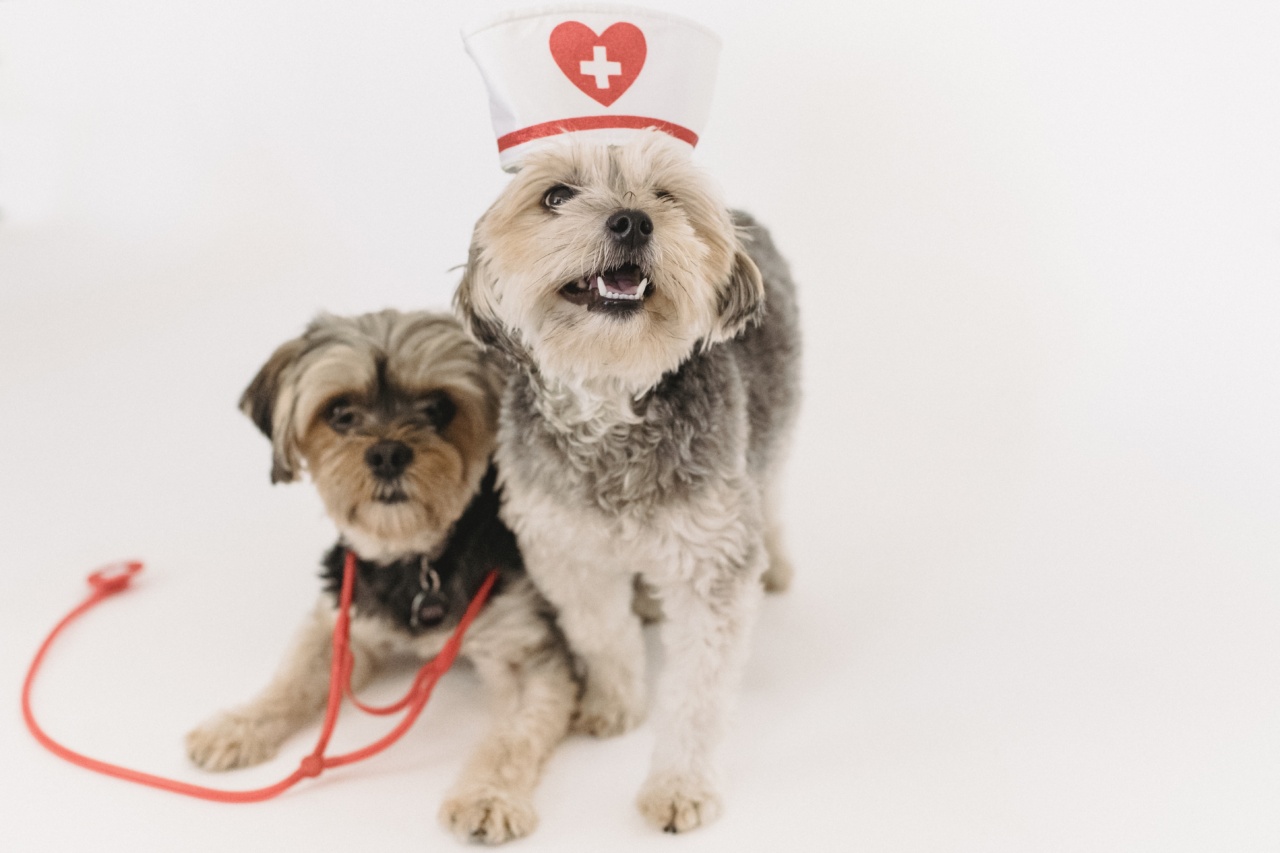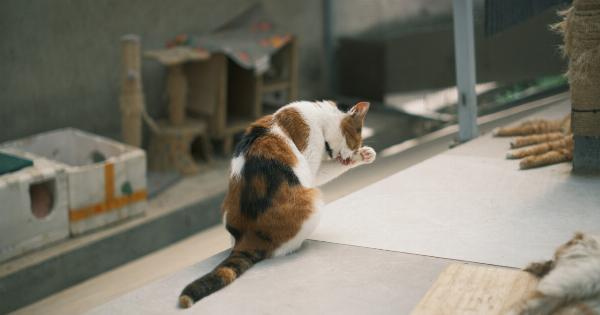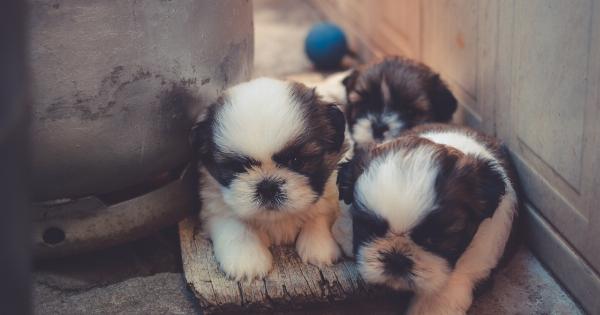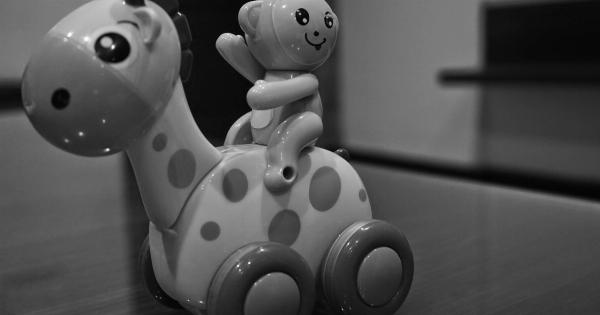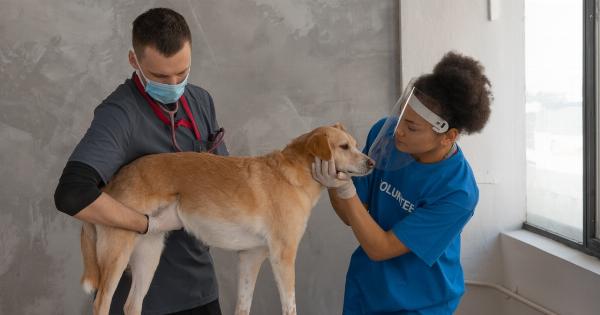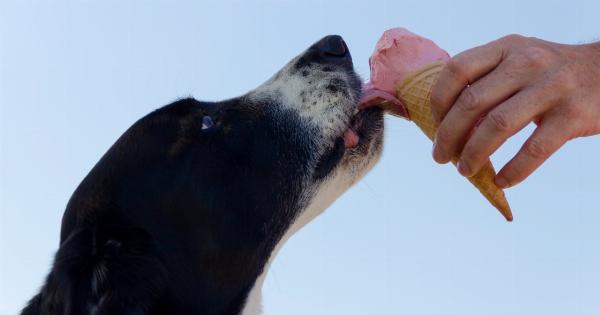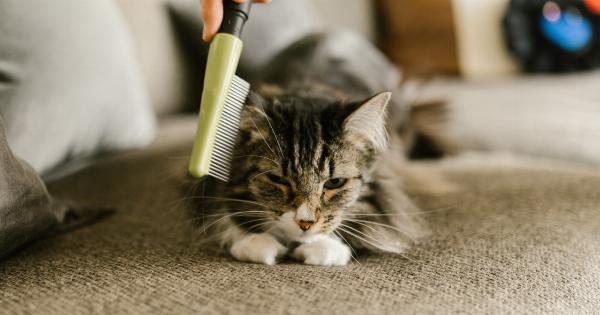If you’re a pet owner, you know that your furry friend’s paws are crucial for their mobility and overall well-being. However, paw pain is a common problem that often goes unnoticed by pet owners.
In this article, we will discuss the causes and treatments for paw pain in dogs and cats.
Causes of Paw Pain
1. Injuries
The most common cause of paw pain in pets is injuries, such as cuts and abrasions, puncture wounds, or fractures. These types of injuries can occur when your pet steps on something sharp or gets their paw caught in a trap or other objects.
Signs of injury include limping, bleeding or swelling, and licking or biting the affected paw.
2. Infections
Paw infections can be caused by bacteria, fungi, or viruses, and can result in inflammation, redness, and pain. Common infections that affect pets include yeast infections, ringworm, and bacterial infections.
Symptoms of infection may include a bad odor, discharge, or pus from the paw, and the paw may be warm to the touch.
3. Allergies
Pets can develop allergies to a variety of things, including environmental factors like pollen, dust, and mould, as well as flea bites, food, or grooming products.
Allergies can cause inflammation and itching, and pets may chew or lick their paws excessively to relieve the itching, which can lead to secondary infections and pain.
4. Arthritis
Arthritis is a common condition in older pets that occurs when the cartilage between the joints wears down, causing pain, stiffness, and inflammation.
Pets with arthritis may have difficulty getting up or down, have a limp, or show reluctance to walk or run.
5. Paw Pad Burns
Your pet’s paw pads are prone to burns when exposed to hot surfaces like pavement, sand, or asphalt. Paw pad burns can be painful and may cause your pet to limp or refuse to walk altogether.
If you suspect your pet has a paw pad burn, it’s important to seek veterinary attention immediately.
Treatments for Paw Pain
1. Rest and Immobilization
If your pet has a minor injury, the best course of action may be to rest and immobilize the affected paw. This can be achieved through crate rest, bandages, or splints, depending on the severity of the injury.
Giving your pet time to heal can help prevent further damage and reduce pain.
2. Medications
Your veterinarian may prescribe pain medications or anti-inflammatory drugs to help manage your pet’s pain. These may include nonsteroidal anti-inflammatory drugs (NSAIDs), opioids, or corticosteroids, depending on the cause and severity of the pain.
3. Antibiotics
If your pet has a bacterial or fungal infection, they may require antibiotics or antifungal medications to clear up the infection and reduce pain and inflammation.
4. Allergy Management
If your pet has an allergy, managing the underlying cause is crucial to reducing paw pain and other symptoms.
This may include changing your pet’s diet, avoiding certain environmental triggers, or using medicated shampoos or ointments to soothe the affected areas.
5. Supplements
Supplements like glucosamine and chondroitin may help manage arthritis in dogs by supporting joint health and reducing inflammation. Omega-3 fatty acids, found in fish oil, may also help reduce inflammation and pain in pets with arthritis.
Conclusion
If you suspect your pet is experiencing paw pain, it’s important to seek veterinary attention. Left untreated, paw pain can lead to further damage and discomfort for your pet.
By understanding the causes and treatments for paw pain, you can help ensure your pet stays healthy and happy for years to come.
